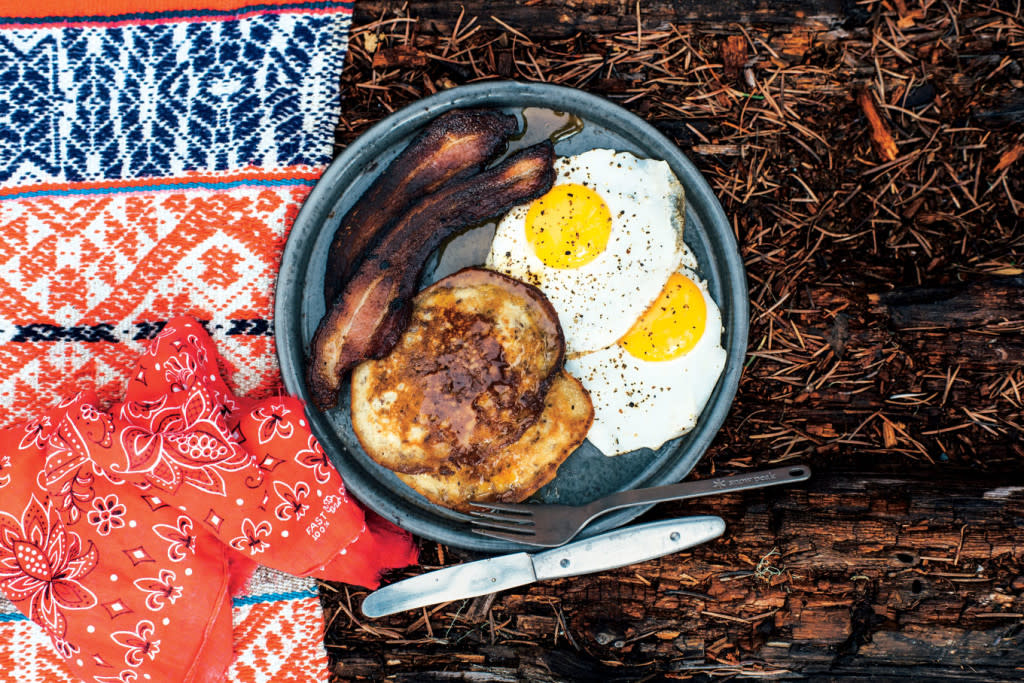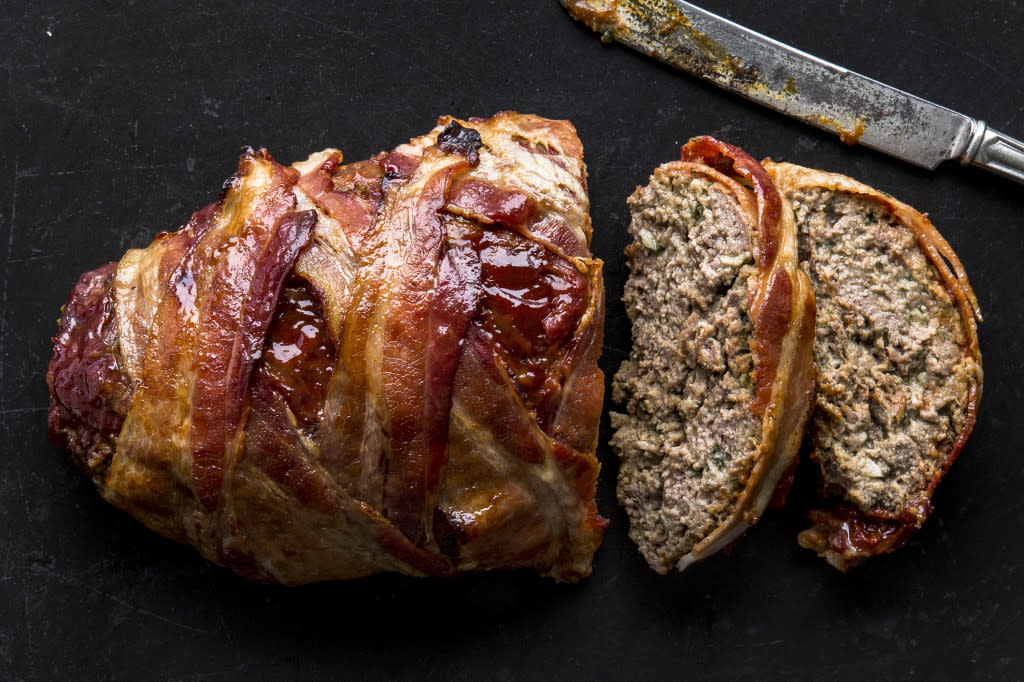Common mistakes to avoid when making bacon, the world's most perfect food

Bacon is amazing. You know that. We know that. But just because it's already the world's most perfect food doesn't mean it's invincible. There are some people out there committing truly heinous crimes against bacon. Don't be one of them. Avoid these common mistakes.
1. Using the Wrong Pan
"Save the nonstick pan for your scrambled eggs," says Brad Leone,BA's test kitchen manager. The high fat quantity of bacon makes whatever pan you use essentially nonstick. Aluminum pans are very thin and get ripping hot very quickly, making burnt bacon way too often. The test kitchen staff likes well-seasoned cast-iron for cooking bacon. Not only does it conduct heat evenly (meaning no burnt spots), the bacon grease helps season the pan for future use. It's a win-win. That said! If you don't have cast-iron, just be sure to set the flame to low-medium low, and move the pan around periodically to account for "hot spots."
2. Starting with a Hot Pan
Add bacon to a hot pan, says senior associate food editor Claire Saffitz, and it will immediately seize up, sealing in all of that congealed, unrendered fat. Instead, lay the bacon flat in a cold pan and place it over a burner set to medium or medium-low. As the bacon heats up along with the pan, the fat will slowly liquify, making for bacon that's perfectly crisp.

3. Undercooking It
Okay, we'll admit: In the battle of the bacon, we tend to err on the side of "verging on overdone." But we'd choose crispy, deeply-browned bacon over floppy, soggy strips any day. The most common culprit of undercooking? Starting the pan too hot and fast (see: tip no. 2). It makes for a burnt exterior before the fat and rest of the meat has time to cook thoroughly.
4. Not Straining the Grease
We don't have to tell you to save your rendered fat. (Wait—do we?) But you might be skipping an important step: Leone strains the liquid fat through a fine mesh sieve before jarring it and storing it in the fridge (it will congeal, but re-melts when heated). The strainer catches any burnt or crispy bits that can add a bitter flavor to roasted vegetables or cookies (yes, we said cookies). Discard those bits.

5. Not Accounting for the Saltiness
If you're cooking with bacon, say, in a meatloaf or baked beans, remember this important fact: Bacon is inherently salty! Although that doesn't mean you should skip the kosher salt and Maldon completely, keep in mind that you're starting with an aggressively seasoned element. Taste as you go, and adjust accordingly—you may wind up using a lot less than you'd think.
6. Microwaving It
Just...no. Please don't. If you don't have enough room on the stove top, listen to Leone: Cook the bacon in a moderately hot oven (around 400˚). Just drape it on a rack set over a sheet pan to catch the grease. It may take a little longer, but you won't get that weird, rubbery texture that only a microwave can impart.
Now that we've taken care of bacon, you're not screwing up your eggs, are you?
More from Bon Appétit:
I ate like Tom and Gisele for 17 hours and lived to tell the tale
Most popular recipes from 2015
Our 50 favorite weeknight dinners






